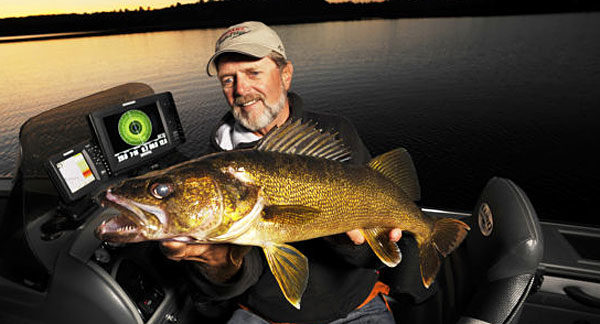
> One of the things we learned about early season walleye is what we call the 30-day rule. This rule primarily applies to smaller and medium-sized natural lakes and reservoirs. This rule DOES NOT apply to the Great Lakes or other huge bodies of water where massive schools of walleye migrate great distances…
> The 30-day rule in these smaller bodies of water: If you know the precise time that the walleye spawned, you can almost bet that 30 days later, groups of walleye will be on the first lip of the large shallow flats extending out into the main body of water.
> These are fish that have already gone through their post-spawn, are regrouping and feeding heavy. There can be other groups of fish deeper, but many of the good sized fish will be relating to that first lip.
> The lip could be a 3′ to 5′ drop, either weed-edged or sparsely weeded. In other bodies of water that break might occur at 7′ to 10′ and still others at 12′ to 15′. But in all cases the lip is what is considered the main break for that body of water.
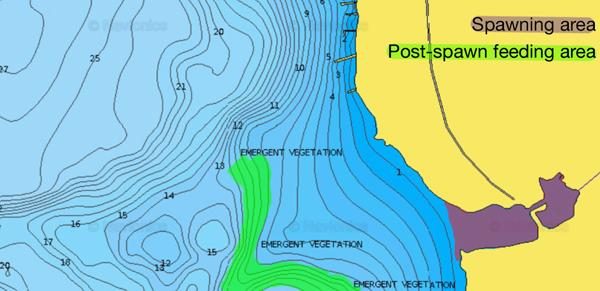
Example location for you visual learners.
> It helps if there is vegetation — however sparse or thick, the walleyes will likely be relating to it. It’s important to realize that the fish will most likely be UP on the flat, rather than down the drop.
> Over and over again as we have crisscrossed North America and have dealt with the seasonal variation of the latitudes, yet this seemed to hold true.
> If you’re going on waters you have never been on before, contact the local bait shop or some reliable source of information to find out when the peak of the walleye spawn occurred. To that, add 30 days. Get out your Lake Master maps and look for those drops — it’s really as simple yet complex as that.





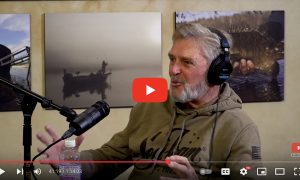

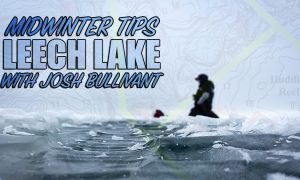

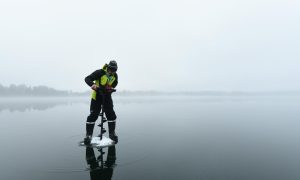



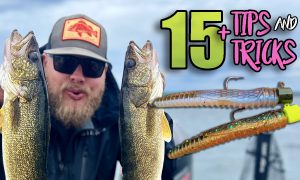

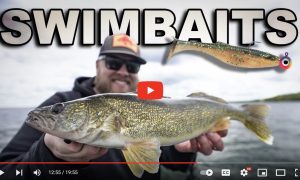

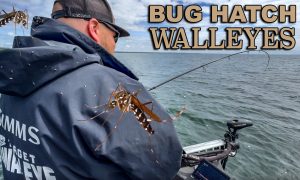

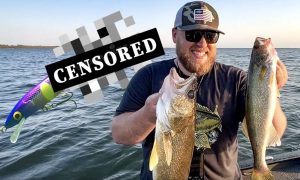

 …and...
…and...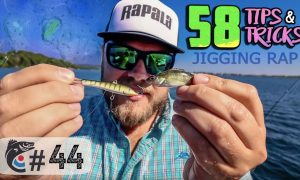

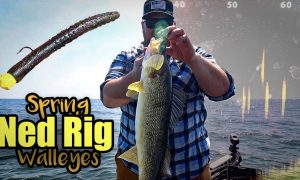

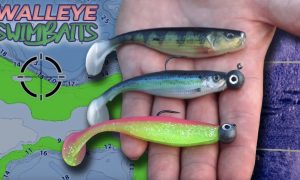

Mike Mulqueen
May 3, 2017 at 5:31 pm
Thanks for the tip Al, hopefully you will get a chance to try the hairjigs I bestowed on you in February @ MW Marine.feel free to text me or call my cell @414-788-3143. God Bless, Mike Mulqueen
Richard J. Ziert
May 6, 2020 at 5:07 pm
Al Lindner has taught me a bunch over the years. While I already knew of what he wrote above, he didn’t include water current and wind direction to absolutely pinpoint fish location. Overall steady water current/direction and underwater bottom contour pinch points (faster water in pinch points), coupled with water clarity and prevailing winds – always look for underwater slack edges where “things” calm down momentarily. The fish will gather just behind that door to faster water to take advantage of food passing by – that can also include somewhat deeper into weed beds where the amount and thickness of weeds act as that “edge” I spoke about. I.E. In your map above, if the current, wind, and depth are out of the north and the water clarity is of a Sechi Reading of say 7 feet, look for slack edges in 14-15 feet of water or the south side of the point illustrated above. Underwater springs and shore inlets can paly a role as well because of their more or less constant water temperature. Underwater springs don’t have dissolved oxygen but down steam from them that water (while still somewhat warmer will mix with other lake water; making it an edge of sorts as well. Sorry for running off at the mouth – keep up the good work. RjZ